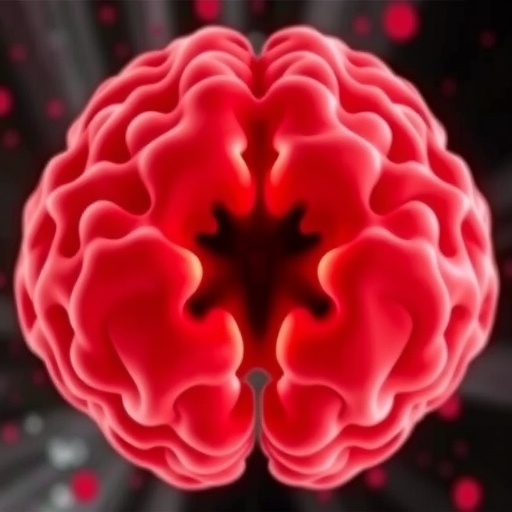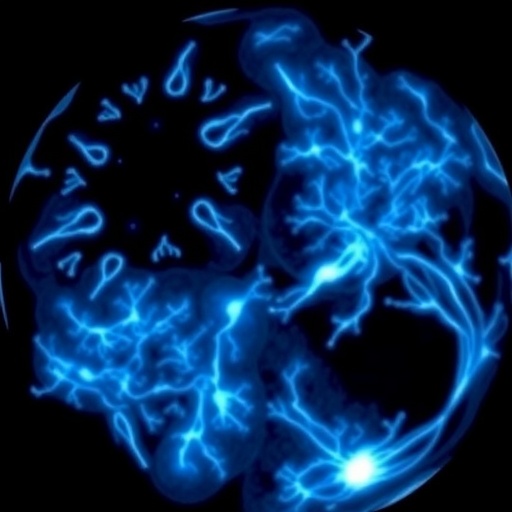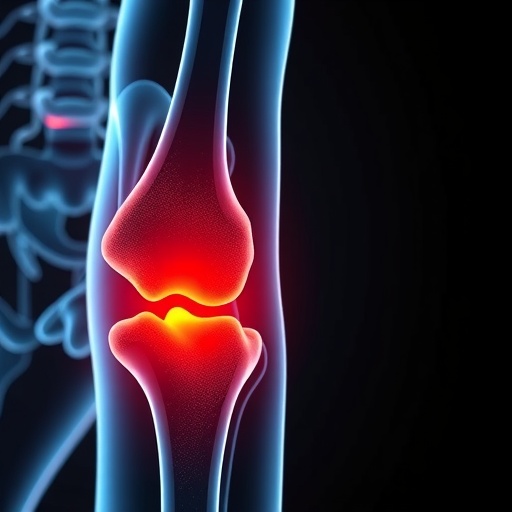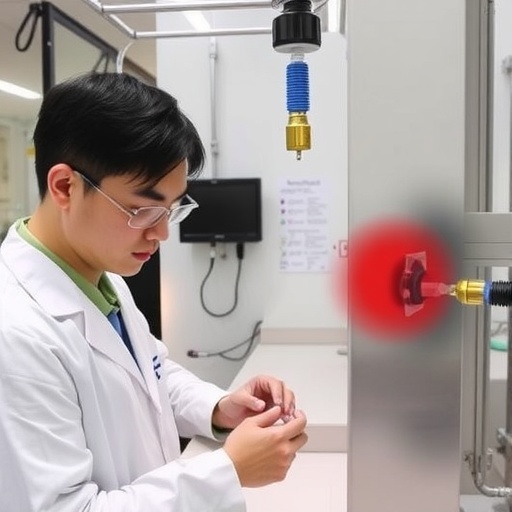PROTECT YOUR DNA WITH QUANTUM TECHNOLOGY
Orgo-Life the new way to the future Advertising by AdpathwayHot springs have long been celebrated not only for their natural beauty but also for their potential health benefits, a feature that piques the interest of both researchers and naturalists alike. In Bhutan, a country known for its rich biodiversity and deep-rooted cultural history, hot springs have gained recognition for their ethnopharmacological significance. Recent research conducted by Gurung and Yangden sheds light on the unique physicochemical properties of these geothermal wonders, highlighting their potential therapeutic applications. This study not only encapsulates the traditional wisdom surrounding these hot springs but also provides a scientific framework to better understand their effects on human health.
The investigation into Bhutan’s hot springs reveals a fascinating interplay between cultural beliefs and empirical science. These natural hot water sources are often regarded by local communities as miraculous, possessing healing properties that can alleviate a wide range of ailments. Traditional healers, known as “Sowa Rigpa,” have imparted knowledge accumulated over generations, emphasizing the role of these springs in promoting wellness and longevity. However, such ethnopharmacological insights have often lacked scientific validation, a gap that this new study aims to bridge.
In their research, Gurung and Yangden meticulously documented the physicochemical characteristics of various hot springs scattered across Bhutan. By analyzing parameters such as temperature, pH levels, and mineral content, they were able to categorize these springs and identify the unique properties that make each one distinct. For instance, certain springs were found rich in sulfur, which is known for its antibacterial and anti-inflammatory properties, while others displayed a high concentration of calcium and magnesium, essential minerals for maintaining healthy bodily functions.
Moreover, the research delves into the biodiversity surrounding these hot springs, showcasing a multitude of flora and fauna that thrive in these unique ecosystems. The presence of such biodiversity not only enriches the ecological landscape but also serves as an indicator of the geothermal activity and mineral richness of the area. The study suggests that these biological communities can play a crucial role in pharmacognostic studies, offering new avenues for drug discovery and development from natural sources.
The cultural significance of hot springs in Bhutan cannot be overstated. They are often the epicenter of social gatherings, community health rituals, and religious ceremonies. Local folklore abounds with tales of pilgrims who visit these springs with the hope of rejuvenation or spiritual cleansing. By placing the scientific findings alongside traditional narratives, Gurung and Yangden emphasize the importance of integrating indigenous knowledge systems with modern scientific approaches, advocating for a more holistic understanding of health and wellness.
Furthermore, the study discusses the implications of these findings in the context of tourism and conservation. The stunning landscapes and rich cultural tapestry make Bhutan a desirable destination for those seeking wellness tourism. However, with this potential comes the responsibility to manage these natural resources sustainably. The researchers highlight the delicate balance between promoting tourism and ensuring the preservation of the natural habitats surrounding hot springs. If managed well, these geothermal resources could provide economic opportunities while also enhancing public health.
In addition to tourism and its socioeconomic ramifications, the research identifies key areas for future studies. Gurung and Yangden suggest that ongoing research could explore the therapeutic effects of bathing in these mineral-rich waters, exploring how they might interact with human physiology. Such investigations could also delineate the optimal conditions for therapeutic use, ranging from duration of exposure to specific populations who might benefit the most.
The implications of this research extend beyond the borders of Bhutan. As global interest in natural remedies and holistic health practices continues to rise, the findings could contribute valuable insights into the benefits provided by hot springs worldwide. With climate change and globalization posing threats to natural ecosystems, understanding and utilizing local resources, such as hot springs, could provide communities with sustainable health solutions.
Furthermore, the study invites scientists from various disciplines, including environmental science, biology, and pharmacology, to collaborate with local communities in exploring the potential of hot springs. By adopting a multidisciplinary approach, researchers can provide a more comprehensive understanding of the connections between environment, culture, and health.
As governments and policymakers increasingly recognize the value of traditional knowledge, this research underscores the need for more comprehensive policies that protect and promote such invaluable resources. With the synergy between traditional and modern scientific insights, hot springs could become vital allies in the quest for holistic health interventions.
In conclusion, the ethnopharmacological knowledge and physicochemical properties of Bhutan’s hot springs not only embody a testimony to the profound bond between humans and nature but also pave the way for future interdisciplinary research. As the world continues to grapple with health challenges, this study serves as a poignant reminder of the potential that lies within our natural ecosystems and the stories they carry.
This seminal work by Gurung and Yangden is more than just an academic inquiry; it is a clarion call for preserving and respecting the intertwined legacies of cultural heritage and scientific exploration. As the narrative of Bhutan’s hot springs unfolds, it offers hope and inspiration for harnessing nature’s power in a responsible and sustainable manner.
The health benefits attributed to these springs provide compelling reasons for further investigation into their therapeutic roles. Engaging with local communities remains essential, as their experiences and traditional practices form a rich database of knowledge that can guide future studies and applications.
This study marks a significant milestone in the ongoing dialogue between traditional healing practices and modern medicine. By validating the healing properties of these hot springs, it champion the cause of respecting indigenous knowledge while encouraging a collective effort in advancing health science.
In summary, the research on Bhutan’s hot springs represents a vital fusion of traditional wisdom and contemporary scientific inquiry. It not only highlights the potential for healing but also emphasizes the cultural and ecological narratives that surround these natural wonders. As we move towards a more integrative approach to health, steaming springs hold the promise of rejuvenation for body, mind, and spirit alike.
Subject of Research: Ethnopharmacological knowledge and physicochemical properties of hot springs in Bhutan
Article Title: Ethnopharmacological knowledge and physicochemical properties of hot springs in Bhutan
Article References: Gurung, T., Yangden, T. Ethnopharmacological knowledge and physicochemical properties of hot springs in Bhutan.
BMC Complement Med Ther 25, 393 (2025). https://doi.org/10.1186/s12906-025-05123-2
Image Credits: AI Generated
DOI: 10.1186/s12906-025-05123-2
Keywords: hot springs, Bhutan, ethnopharmacology, therapeutic properties, natural remedies, health benefits, traditional medicine, sustainable tourism, biodiversity
Tags: Bhutan hot springs healing propertiesbiodiversity and health in Bhutancultural significance of hot springsethnopharmacology in Bhutanhealth benefits of geothermal springsnatural wellness therapiesphysicochemical properties of hot springsscientific study of hot springsSowa Rigpa healing traditionstherapeutic applications of geothermal waterstraditional medicine in Bhutantraditional vs. empirical healing practices


 5 hours ago
4
5 hours ago
4





















 English (US) ·
English (US) ·  French (CA) ·
French (CA) ·